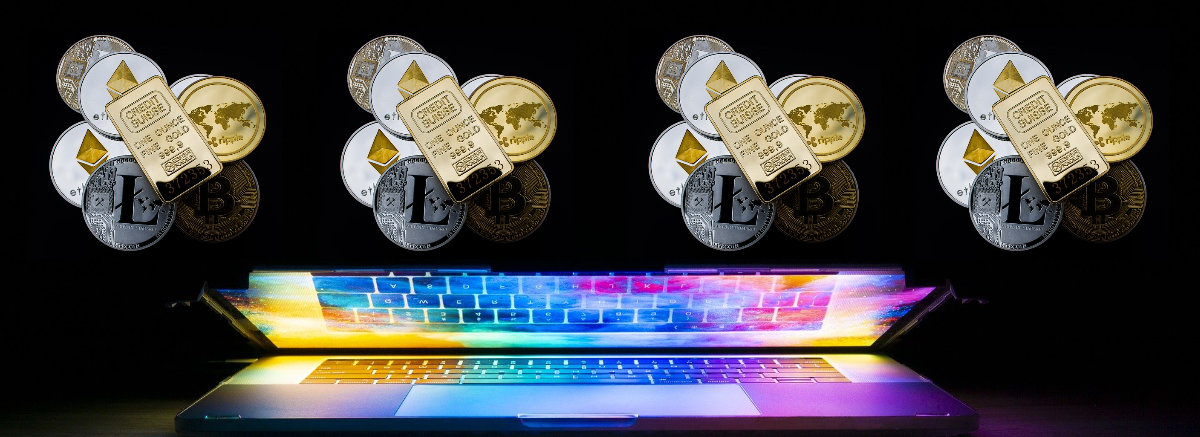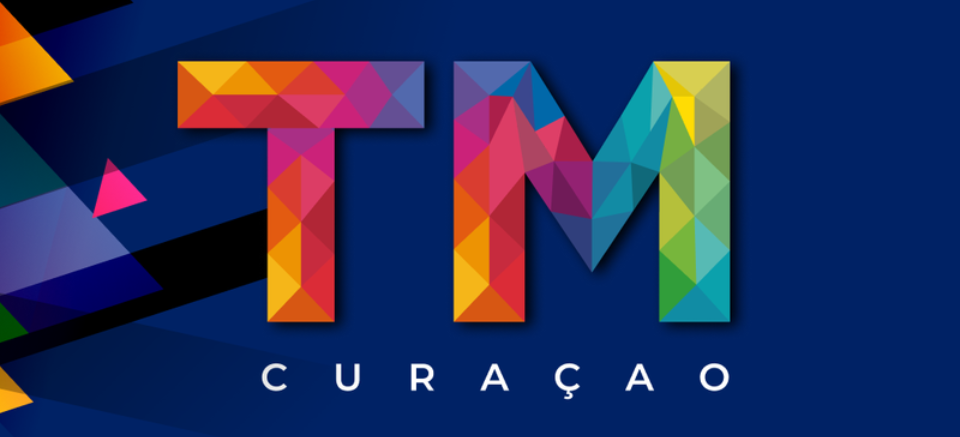- Contact us
- +599-9 461 4545
- info@dcsx.cw
Understanding Crypto Assets

DCSX confirms Okson Energy B.V. as a Listing Advisor
December 14, 2021
DCSX announces further alignment with EU Transparency Directives
January 20, 2022Understanding Crypto Assets

Publication 9. 2021
It is safe to say that cryptocurrencies have become a worldwide phenomenon and sort of the talk of the day. Almost everyone knows about or has heard about “cryptos”. To refresh our memory let’s define what cryptocurrencies are. A cryptocurrency is a decentralized digital money unit, based on blockchain technology. The first generation of cryptos, the most popular being Bitcoin and Ethereum, had a history of high volatility, unpredictability and at face value lack intrinsic value meaning that it’s almost impossible to determine what the value of the underlying or embedded instrument or asset is since there isn’t any. Asset-backed cryptos though appear to be the opposite of the first-generation cryptos. But what does this really mean?
In this publication, we will explore crypto assets at a high level including what it means to digitize assets, the uniformity in defining crypto assets, trading crypto assets, and the regulation of crypto assets. Needless to say, our writing is based on our own research and does not purport to be an expert exposé on blockchain technology in general.
Meet the Crypto Assets
To counter the instability of first-generation cryptocurrencies, asset-backed cryptocurrencies, or more accurately put asset-backed crypto coins or tokens came to rise. The coin or token is tied to an object, a tangible “real-world” asset, with economic value such as fiat currency, real estate, gold, and other precious metals for example. But it can also be an asset that has another type of value such as intellectual property, equities, bonds, venture capital participations, commodities, product merchandise, etc. The asset is digitized as a cryptographic record, containing all relevant information about the asset, and stored on a blockchain or other decentralized ledger technology.
Since crypto assets are more than just currencies, referencing them as cryptocurrencies in general, is not the appropriate way. The IMF (2019), for instance, clearly recognizes the distinction between coins and tokens but also recognizes that the two terms may be used interchangeably. The term “crypto-assets” is a representation of both kinds. The IMF further recognizes that the definition of a crypto asset is far from being globally uniform and therefore they have opted for the following definition in their December 2019 Fintech Note report :
“Crypto assets denote digital assets that use cryptography for security and are coin or tokens of distributed ledgers and/or blockchains, including asset-backed tokens.”
Meet the Asset-Backed
The cryptocurrency market that started with Bitcoin, Ethereum, and Ripple has been and still is highly volatile with unpredictable price changes that often discourage investors from participating. At first glance, asset-backed coins, and tokens, however, are different from these first-generation cryptos as they seem to offer more liquidity, security, and stability to investors.
By being asset-backed, the prices linked to the physical assets are less likely to be as volatile as the first-generation cryptos. Asset-backed coins and tokens are tied to the legacy external markets on which the physical asset they are linked is quoted and traded. Should the value drop below the real value of the physical asset, investors could still cash out the physical asset. In other words, investors have the chance to invest in digital assets -in principle- without having to deal with the uncertainty of enormous market changes. Another benefit of being asset-backed is that it increases the probability for mass adoption since the coins and tokens are backed by tangible assets which are easier to understand for potential investors.
The most popular asset-backed coins and tokens include stable coins, gold-backed tokens, oil-backed tokens, and security-backed tokens. Stable coins are backed by fiat currency. Gold-backed tokens are tied to the value of real-world gold which is stored somewhere save. Petro, the first oil-backed token created, is tied to a barrel of oil and backed by the government of Venezuela. Security-backed tokens are issued by existing companies and represent ownership equivalent to shares/bonds or any other type of security. As such existing regulations applied to securities are then normally also applied to security-backed tokens.
Trading Crypto Assets
Trading of crypto assets takes place on crypto-trading platforms. According to the IMF (2019), crypto-trading platforms are providing brokerage services to retail investors in a manner like that of traditional stock brokerage firms. However, unlike stock brokerage firms, which can just pass the client orders to a stock exchange, crypto trading brokerage firms/platforms generally need to provide liquidity to support the transactions among their investors.
Crypto trading platforms may also perform other functions, including custody like wallet providers, margin lending, and as we saw provision of liquidity. In other words, they cut the middleman. This is where there is potential for the process to be more efficient. Rather than relying on the brokers’ and custodians’ work, which may take a long waiting period for the customer, the crypto trading platform performs and oversees everything making not only the customer experience somewhat more efficient but also technically cutting out the risks of “mistakes” by such brokers and/or custodians.
One of the challenges will be the regulation of these platforms as they unlike traditional platforms have taken over tasks from financial service providers like brokers and custodians and can be technically categorized as such.
Regulating Crypto Assets
The IMF (2019) suggest for regulators to consider the following elements when building a regulatory framework for crypto asset platforms:
- Governance requirements for platform operators, including prudential requirements like having necessary resources to run the platform based on a risk-based approach.
- Requirements regarding access to the platform including appropriate processes and controls that consider whether the platform allows direct retail access in which case the platform would not be able to rely on the due diligence of intermediaries like brokers or listing advisors.
- Requirements for the robustness, resiliency, and integrity of operating systems including adequate processes and controls for cyber security.
- Market integrity requirements including what market abuse rules and surveillance mechanisms should be in place to adequately protect investors.
- Transparency requirements ensure that the trading information is reliable, timely, and available to the public on a nondiscriminatory basis. And the availability and transparency of platform rules and procedures, including order processing and how errors and cancellations are handled.
- Anti-Money Laundering (AML) and Counter-Terrorist Financing (CTF) requirements. The platforms should be expected to comply with the FATF standards.
- Products offered in/on the platforms: regulators should consider whether there is a need for regulatory determination of the types of crypto assets that can be accepted for trading or if there is a need to be otherwise involved in the process of the product listing.
- Custody: regarding custody regulators should consider what measures are required to safeguard the investments (ownership); proper encrypted decentralized ownership.
- Clearing and settlement implications: regulators should be able to understand how the legal transfer of ownership of the assets takes place and consider what internal record keeping and accounting systems the platform uses and whether they are appropriate to ensure the clients are correctly and timely allocated their funds and assets.
Regulating crypto assets will involve intense monitoring and a flexible approach by regulators. Crypto assets are at the core of the fintech revolution, and developments will direct the regulatory and supervisory focus in different directions until the industry matures.
Final Thoughts
To digitally represent a real-world (tangible) asset in the form of a token or coin will eventually attract traditional investors. Another element that would attract them to participate is to have the traditional brokers or exchanges that they know offering these products. Herein lies the actual challenge for traditional trading platforms to transform the traditional process and eliminate middlemen that were traditionally always there to make it more efficient. They have to either compete with Fintech platforms and invest in their own research and development, or they could join forces with the fintech platforms.
Regulators need to continuously monitor the crypto asset landscape to understand the direction of industry developments. Regulation is needed to build trust within the traditional financial sector and as such regulation should evolve/modernize to keep up with innovation. Regulation can instill trust and foster a safer development of the financial sector by providing clear guidelines that remove uncertainty and thus foster confidence.
To conclude, crypto assets will play a significant role as the crypto market continues to evolve as crypto enthusiasts anticipate that the capital locked in traditional assets will gradually enter the crypto space. It’s up to the traditional players in the financial industry to decide whether they will “continue business as usual” or evolve and join the game of digitization.
Sources
Cuervo, C. Morozova, A. and Sugimoto, N. December 2019. Regulation of Crypto Assets. Fintech Notes. Note/19/03. International Monetary Fund, Publication Services. IMF. Last accessed November 30, 2021: https://www.imf.org/en/Publications/fintech-notes/Issues/2020/01/09/Regulation-of-Crypto-Assets-48810
Interaxis. October 18, 2020. Tokening Real World Assets: Real Value to DeFi. Last accessed December 7, 2021: https://www.interaxis.io/blog/real-world-assets-defi/
Lucent Exchange. August 26, 2019. What are Asset-Backed Cryptocurrencies? The Capital. Last accessed December 3, 2021: https://medium.com/the-capital/what-are-asset-backed-cryptocurrencies-f341d9359292
This publication is presented to you by the Dutch Caribbean Securities Exchange.
Written by N. Martina. Edited by D. Intriago and R. Römer.
Download the PDF version of this article: EN




